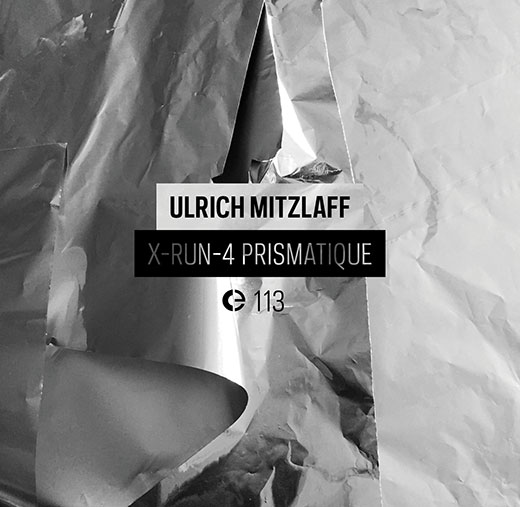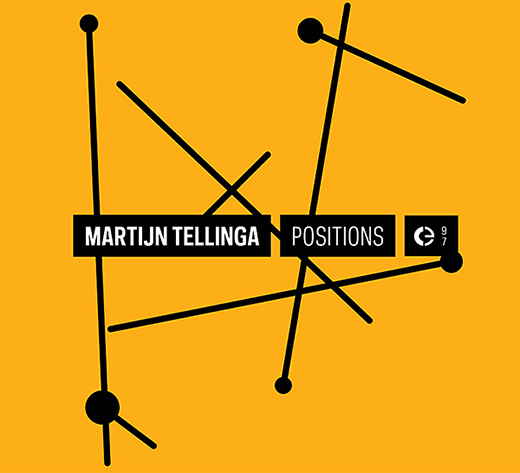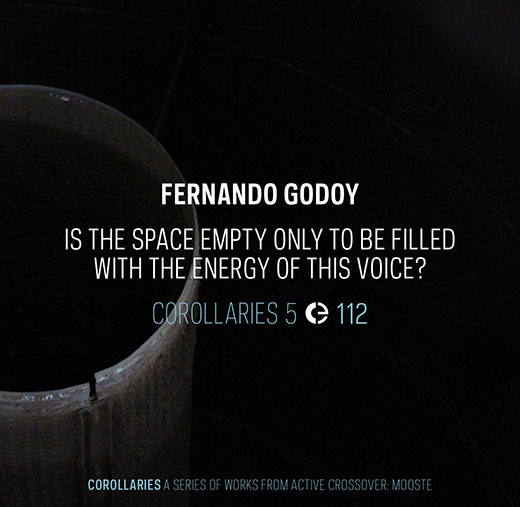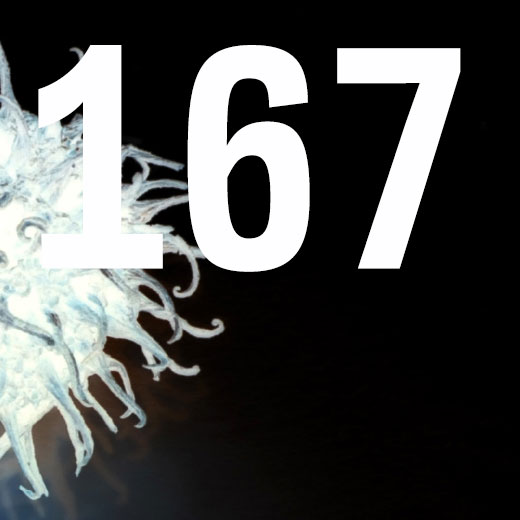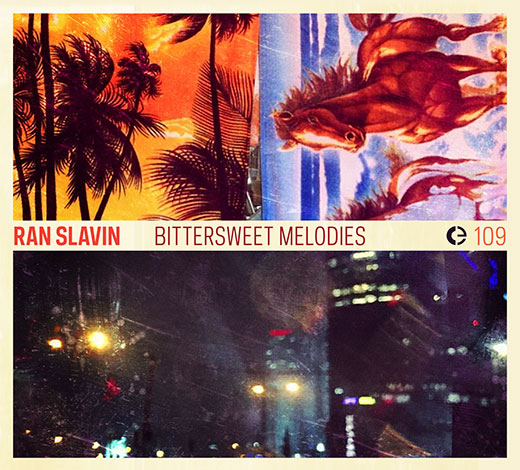
Quello musicale è solamente un aspetto dell’attività creativa di Ran Slavin, artista multimediale israeliano con base a Tel Aviv. Le sue installazioni sono esattamente come potreste immaginarle ascoltando i suoi dischi: luci al neon e paesaggi distopici. Slavin, in ogni caso, nasce proprio come musicista: voce e chitarra del gruppo post-punk israeliano Shalosh Hait e prima ancora parte dei Cholera.
Il tema principale del disco è quello della finzione, dei paesaggi da cartolina, di tutto ciò che è oleografico, chiaramente inautentico. L’impressione è che Slavin voglia mettere in scena la tensione, irrisolta, fra tradizione (di qui l’utilizzo di materiale variamente folklorico in forma di sample) e turbocapitalismo: nonostante lui provenga da un’area dove arte e rivendicazione politica spesso e comprensibilmente vanno a braccetto, il piano del discorso non è politico per sua stessa ammissione, bensì socioculturale, nel senso di una rappresentazione di contesti di normale alienazione derivati dai modelli di vita diffusi e dallo sviluppo urbanistico. Va detto per inciso che tutto ciò una valenza politica ce l’avrebbe comunque, anche senza tirare in ballo il conflitto israelo-palestinese.
Le ambientazioni sonore create dall’artista israeliano sono permeate da un’aura vagamente noir, e sono assolutamente complementari alla sua videoarte: un parcheggio multipiano, un centro commerciale all’ora di chiusura, la hall deserta di un grande albergo sembrano essere i possibili scenari evocati. I motivetti da videogioco s’intrecciano con armonie mediorientali, deliri tropicalisti e house music deformata, tutto sporcato a dovere con una buona dose di glitch. La ripetizione ossessiva dei campioni conduce l’ascoltatore ad una sorta di stato catatonico: a dominare è una sensazione di desolazione, una situazione di fatiscenza emotiva piuttosto che fisica.
Bittersweet Melodies è disponibile su cd dallo scorso 19 aprile; l’etichetta è la portoghese Crónica, che ha già pubblicato gli ultimi lavori di Ran Slavin. Angelo Borelli
via The New Noise

